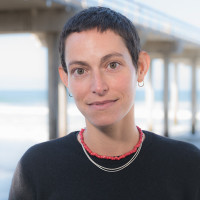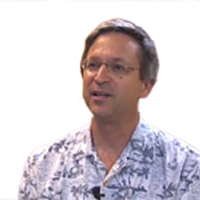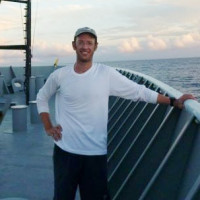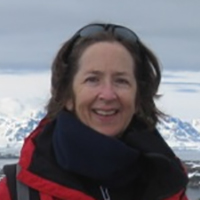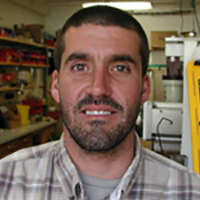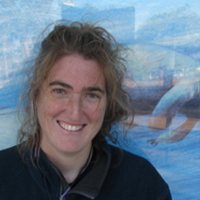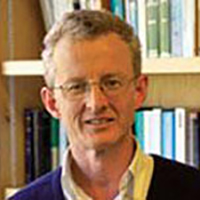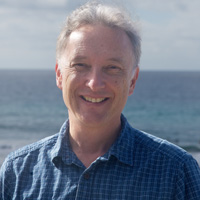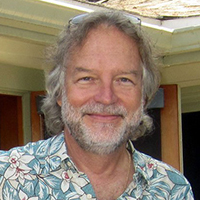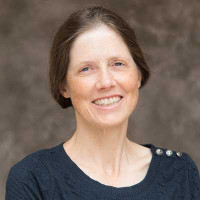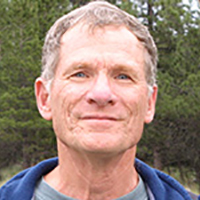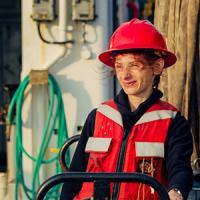The primary area of research is air-sea interaction, including the topics of surface wave dynamics, air-sea fluxes, upper ocean turbulence, including Langmuir circulations, and the remote sensing of ocean surface phenomena using electromagnetic and acoustic techniques.
Oceans and Atmosphere
Upper Ocean and Submesoscale Processes
Submesoscale processes are the eddies and similar interactions between currents and other bodies of water that occur at dimensions of less than 100 kilometers across. These often-chaotic energetic processes affect upper ocean dynamics, thermodynamics, and biogeochemistry.
Academics
Centers, Labs, and Programs
A global network of robotic floats that measure the changing state of the ocean.
CalCOFI is a long-term, interdisciplinary, cross-sectoral ecosystem research program off the coast of California that holistically studies the physics, biogeochemistry, and biology of the marine environment to inform the sustainable management of marine resources in the context of climate change
One of Scripps's longest-running data centers, serving reference-quality hydrographic ocean data to an international community for over 20 years
Multiscale Ocean Dynamics (MOD) is a specialized team of oceanographers, engineers, and graduate students solving vexing problems in ocean physics and biology. They develop, build, and deploy novel scientific instrumentation to observe the ocean in new ways. This diverse team collectively spends several months a year at sea making fresh discoveries across the world's oceans.

